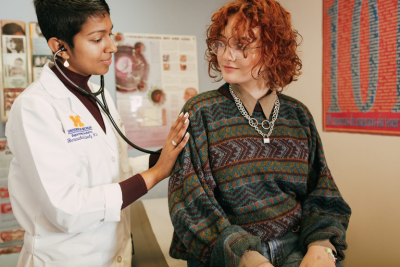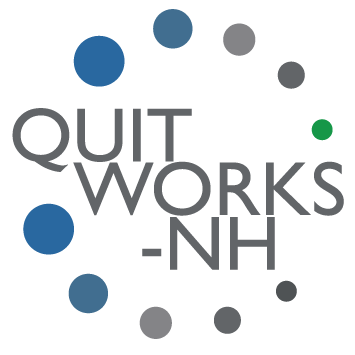Tobacco Use Treatment for People who are LGBTQIA+
The tobacco industry has a long history of targeting people who are Lesbian, Gay, Bisexual, Transgender, Queer, Intersex, and Asexual (LGBTQIA+) through marketing and advertising, resulting in higher rates of tobacco use in this population. Tobacco can also be a lower health priority compared to other issues affecting LGBTQIA+ people at disproportionate rates. In addition, people who are LGBTQIA+ more often face discrimination in healthcare. This is why tailored, culturally component tobacco use treatments can help you better treat patients who are LGBTQIA+.

Health Effects of Tobacco Use on People who are LGBTQIA+
Research shows that people who are LGBTQIA+ are at higher risk of tobacco use and experience a greater health burden from commercial tobacco products.
- In 2020, use of any commercial tobacco product was higher among lesbian, gay, or bisexual adults, compared to heterosexual/straight adults.
- Adults who are transgender are more likely to currently use commercial tobacco products and e-cigarettes than adults who are cisgender.
- Approximately 36% of people who are LGBT and use tobacco report smoking menthol cigarettes, compared to 29% of heterosexual smokers. Menthol cigarettes make it easier to start smoking and harder to quit.
- Cigarette smoking is the leading cause of cancer in Americans, and it is estimated that 45,000 LGBTQ+ people die from cancer each year.
- In comparison to straight adults, adults who are lesbian, gay, or bisexual are at an elevated risk for cardiovascular disease, which can be caused by cigarette smoking.
Strategies for Healthcare Professionals
Even though healthcare professionals play a critical role in helping all of their patients who use tobacco and nicotine along their quit journey, patients who are LGBTQIA+ often fear or experience discrimination in healthcare settings. This results in less patients accessing needed tobacco treatment services.
- In 2010, a lower percentage of gay, bisexual, and transgender men (66.7%) were aware of tobacco quitlines than men who were not gay, bisexual, and transgender (83.9%).
- Another study reported that lesbian, gay, and bisexual adults who were aware of their state quitline were less likely to report an intention to call the quitline than their heterosexual counterparts.
When providers incorporate tobacco interventions into routine health care, they increase rates of successful tobacco treatment.
To get started, the National LGBT Cancer Network offers an LGBTQ+ Cultural Humility training designed specifically for healthcare professionals. Developed in collaboration with the Society of Gynecologic Oncology, there are eight modules-each 45 minutes long-available for Continuing Education(CE) Credits and free for the first year. Access the training here.
To provide advice on how to quit, healthcare professionals should first routinely screen their patients for tobacco use at every visit. In addition, providers should increase access to culturally tailored cessation services. Healthcare professionals can provide people with information that is specific to the LGBTQIA+ community, including acknowledging that some experiences and stressors associated with tobacco and nicotine use may be unique for LGBTQIA+ people. Tailored tobacco treatment and improved access to resources can help your patients wherever they are on their quit journey.
eLearning Module: Ask, Assist, Refer: Engaging Your Patients to Quit Tobacco
Learn how to QuitWorks-NH has developed a free, on-demand eLearning module to help providers conduct a brief tobacco intervention using the 2As & R model (Ask, Assist and Refer) and link your patients to QuitNow-NH.
